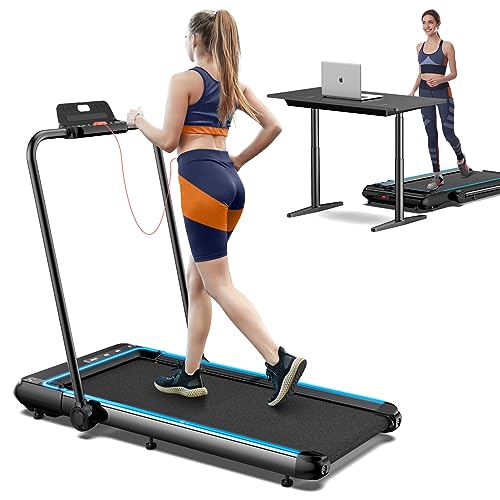Get started with Frontline Health Staffing
Frontline Health Staffing puts you in total control of your healthcare career, letting you manage your schedule, your credentials, and your pay — all in one convenient website. Apply today to get started!

The 10 Most Terrifying Things About Non Electric Running Machine
Over the last few years, the physical fitness market has actually seen a significant shift towards sustainable and energy-efficient devices. Amongst the myriad of choices, non-electric running devices have taken a niche on their own, attracting fitness enthusiasts who value eco-friendliness, performance, and cost-effectiveness. This post checks out the benefits of non-electric running makers, compares them with their electric equivalents, and answers regularly asked concerns about these innovative fitness tools.
A non-electric running machine, typically referred to as a manual treadmill, is a piece of workout equipment that permits users to stroll or run without the requirement for electricity. Rather of depending on a motor, these devices use the user’s own physical effort to move the running belt. This feature not only makes them environmentally friendly however also motivates a more natural and engaging exercise experience.
| Feature | Description |
|---|---|
| Self-Powered | Operates without electricity; users power the treadmill through their movements. |
| Adjustable Incline | Most models offer incline settings to boost exercise intensity. |
| Compact Design | Usually lighter and more space-efficient than electric treadmills. |
| Low Maintenance | Less electronic parts indicates easier maintenance and longevity. |
| Toughness | Developed with robust products to endure intense use; frequently more rugged than electric models. |
Being Self Powered Treadmill-powered, non-electric running machines do not contribute to carbon emissions or energy consumption. For ecologically mindful customers, this element lines up with a way of life that focuses on sustainability.
Without the requirement for electricity, users can conserve cash in the long run, both in regards to energy expenses and the cost of maintenance. The absence of intricate electronic devices indicates less likelihood of malfunction, possibly minimizing repairs.
Due to the manual nature of operation, users engage more muscles throughout the workout. This can result in a more extreme cardiovascular workout, as the effort is completely determined by the user’s speed and force.
Non-electric running makers are suitable for different exercises, from light running to high-intensity period training (HIIT). Furthermore, lots of models permit users to change the incline, which can help target various muscle groups and boost exercise effectiveness.
Unlike electric treadmills that might have motors running, non-electric devices operate calmly, making them ideal for home usage where sound might be a concern.
To supply a clearer understanding, the table below compares the main features of non-electric and electric running devices:
| Feature | Non-Electric Running Machines | Electric Running Machines |
|---|---|---|
| Source of power | Manual (user-powered) | Electric (motor-driven) |
| Noise Level | Peaceful | Can be noisy due to the motor |
| Area Requirement | Frequently more compact | Can be bulkier due to the motor |
| User Control | Total control over pace and intensity | Speed and incline settings changed digitally |
| Maintenance | Low, primarily mechanical checks | Higher, due to electrical parts |
| Initial Cost | Usually lower | Usually greater price point |
When choosing a non-electric running machine, prospective buyers need to consider several factors:
Here are some well-regarded non-electric running devices offered in the market:
A1: Yes, non-electric running makers can be appropriate for beginners. Users can manage their pace quickly and slowly increase their intensity as their fitness levels improve.
A2: Maintenance usually includes examining belt tension, oiling the moving parts, and making sure that all components are protected. This is usually less requiring than keeping electric treadmills.

A3: Absolutely! non Electric running machine-electric makers are ideal for high-intensity exercises, as they rely entirely on the user’s effort, which can easily be ramped up.
A4: Most non-electric running machines can accommodate a range of body types, but it’s vital to inspect the particular weight limitation and measurements of each model.
A5: Most non-electric running devices need very little setup, and some may be all set to utilize ideal out of the box.
Non-electric running devices provide a compelling option to conventional electric Treadmills In Uk, weding sustainability with efficient exercise alternatives. As physical fitness enthusiasts end up being more mindful of their environmental effect, these makers are likely to increase in popularity. With their myriad advantages and varied options, non-electric running devices can flawlessly fit into a health-oriented way of life, making them a rewarding consideration for anybody looking to boost their physical fitness journey.